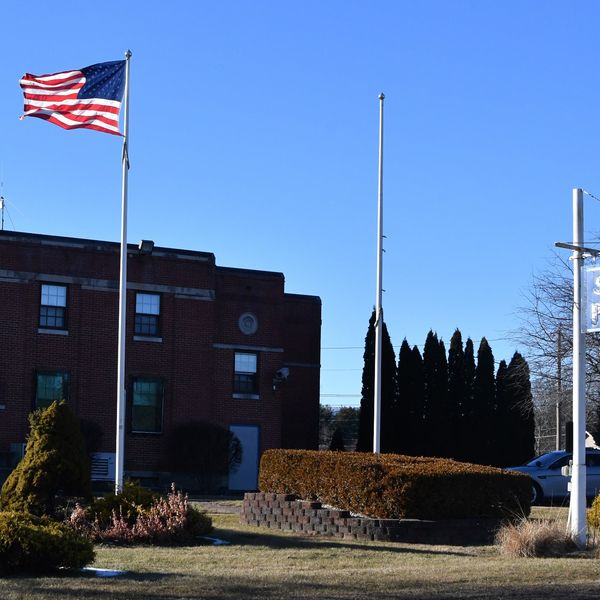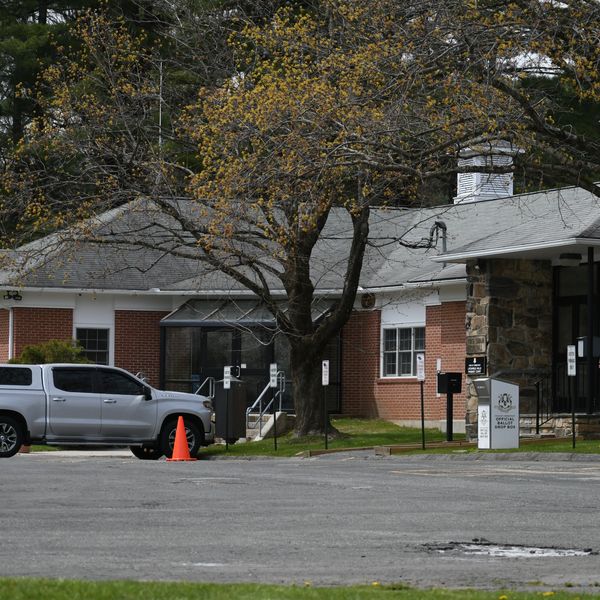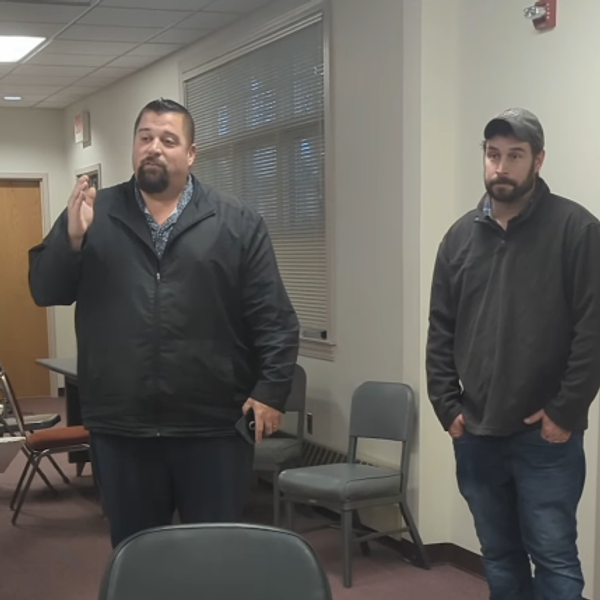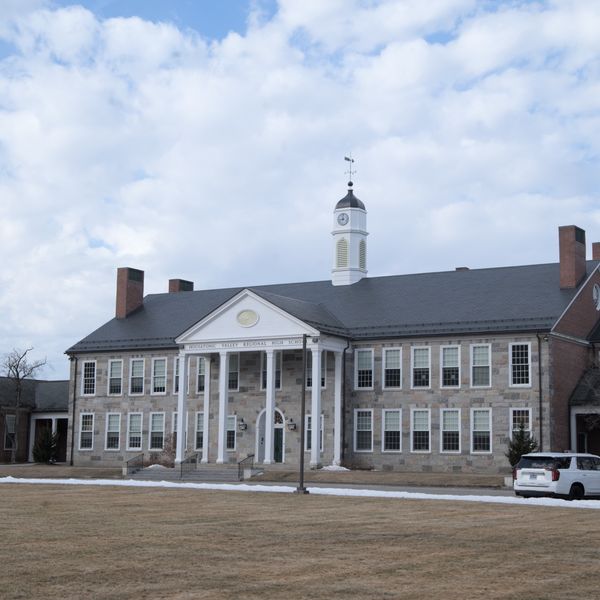Prince Edward Takes Us on a Tour of English History

Among the many famous buildings and sites in England that Prince Edward toured in his “Crown and Country” series was Sandringham House in Norfolk, which is one of two properties owned by the Royal Family (the other royal residences are owned by the Crown). Image from www.royal.u
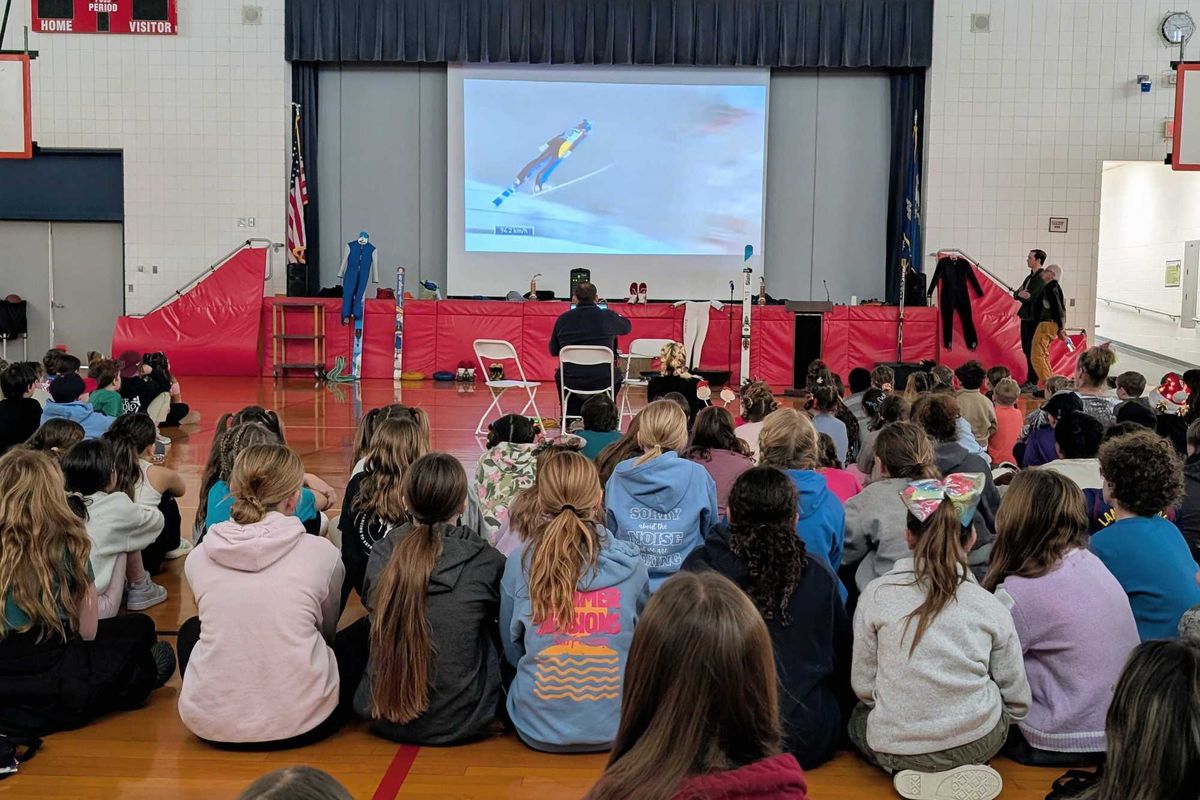
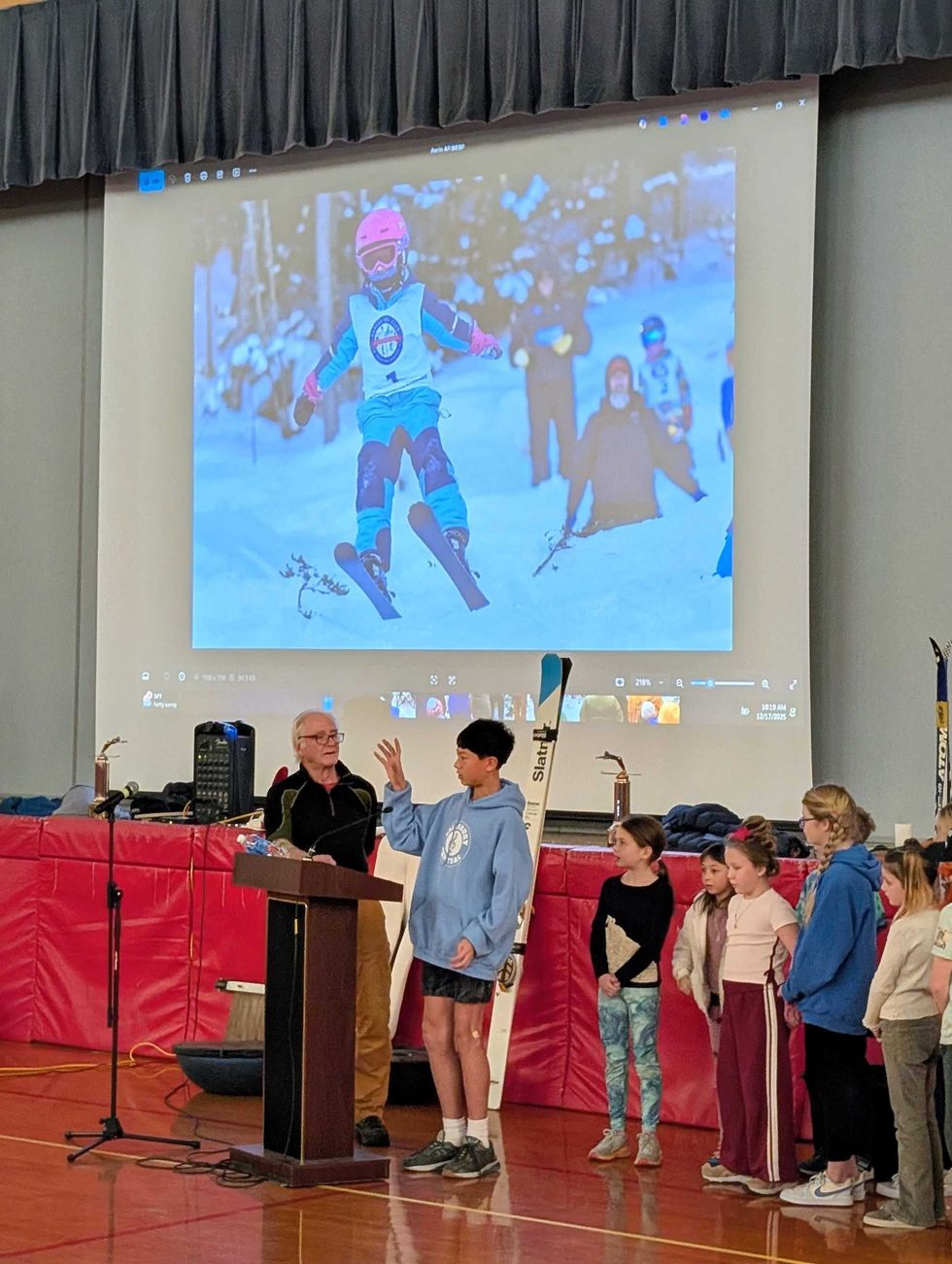 Students at the assembly with Salisbury Winter Sports Association on Dec. 17By Riley Klein
Students at the assembly with Salisbury Winter Sports Association on Dec. 17By Riley Klein 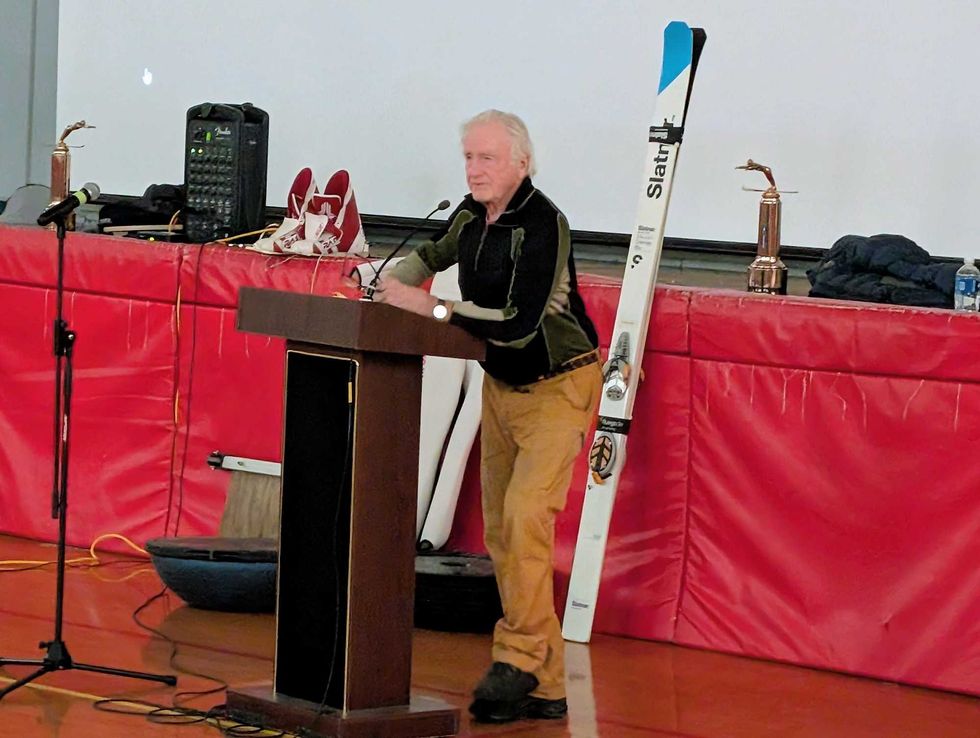 Former U.S. Olympic ski jumping coach Larry Stone, of Salisbury, led the assembly Dec. 17.By Riley Klein
Former U.S. Olympic ski jumping coach Larry Stone, of Salisbury, led the assembly Dec. 17.By Riley Klein 
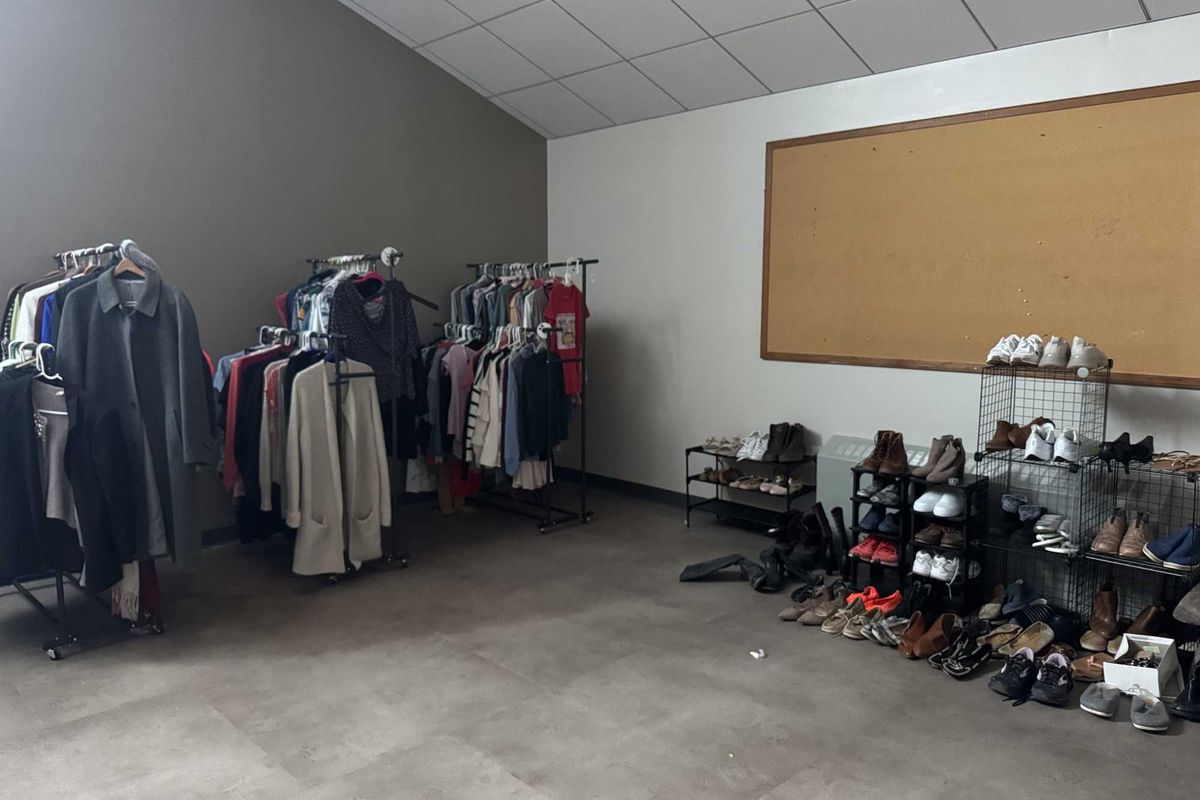

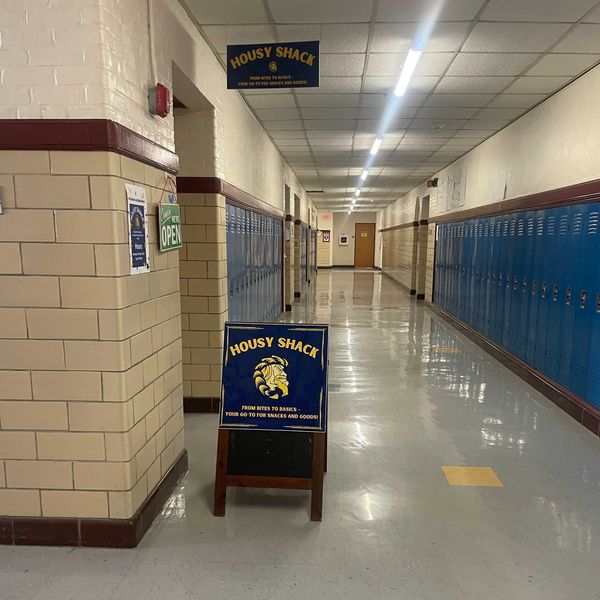 The Housy Shack open sign, welcoming customers in for cookies.Anna Gillette
The Housy Shack open sign, welcoming customers in for cookies.Anna Gillette 